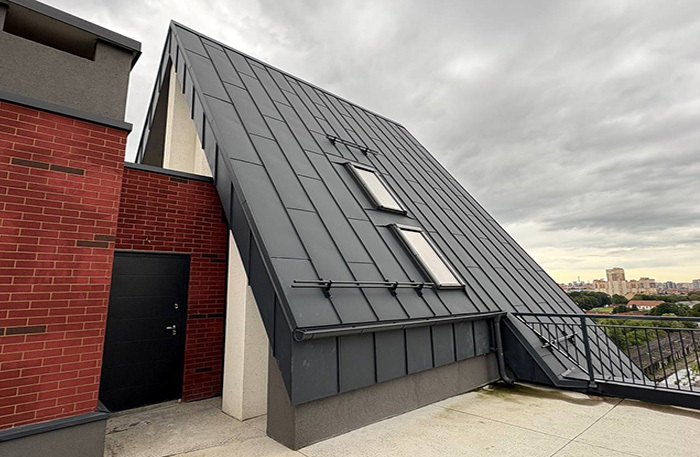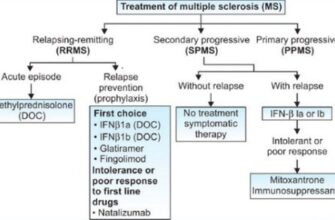Forget the quaint garden apartment or the penthouse with a view; imagine a standalone cottage, complete with its own private garden, barbecue area, and panoramic vistas, all perched several stories above ground. This isn`t a scene from a futuristic sci-fi movie; it`s the ambitious new reality being crafted by companies like “Russkaya Europa” in the Kaliningrad region, specifically with their “Svetlograd” project, located a mere 15-minute drive from the picturesque Svetlogorsk.
Elevating Expectations: The “Svetlograd” Vision
The concept is deceptively simple yet profoundly innovative: utilize previously untapped rooftop spaces as prime real estate for individual, detached residences. These aren`t just glorified terraces; they are intended as fully functional, isolated living units. Envision space for cultivating herbs and vegetables, a lush lawn, or decorative plants in elegant planters. The possibilities for customization are vast – from a summer kitchen and BBQ zone to a tranquil winter garden, a solarium, or even a personal spa with a plunge pool. The company describes it as “an absolutely private, isolated space for living, relaxation, creativity, or work with panoramic views.”

Victor Ivanyuk, head of the “Russkaya Europa” project, revealed that this seemingly audacious idea has a tangible history. The journey began with the realization that rooftops could serve as valuable spaces for additional amenities. Earlier projects featured winter gardens with fireplaces and even standalone living units on building roofs. These smaller-scale successes, coupled with positive feedback from specialists and private clients alike, paved the way for the larger “Svetlograd” vision. According to Ivanyuk, engineering challenges are surprisingly manageable, with systems seamlessly integrating with the building`s lower floors, much like standard apartment or individual home connections.
The Driving Force: Competition and Evolving Demands
So, what fuels this architectural daring in Russia`s mass-market housing segment? Industry experts point to a potent cocktail of factors:
1. The Fierce Developer`s Race:
Roman Rodiontsev, Development Director at Est-a-Tet, observes that while unusual layouts were once the exclusive domain of premium housing, the mass segment has seen a significant acceleration in innovation since 2008. In comfort-class housing, new solutions emerge every two to three years. “With a growing volume of offerings, developers are forced to seek unique solutions to attract buyers,” he notes, underscoring the relentless pressure of competition.
2. The Discerning Buyer:
The days of prioritizing mere square footage or floor number are long gone. Today`s buyer, according to Rodiontsev, seeks a lifestyle, a comfortable environment, and values functionality, ergonomics, personalization, and smart home technology. They are no longer just buying “bricks and mortar,” but a curated living experience that caters to their specific desires for tranquility and individuality.
3. Technological Leaps and `Borrowed` Luxury:
Advancements in construction technologies and materials mean that complex architectural solutions no longer incur prohibitive costs. This enables concepts once reserved for the ultra-wealthy to trickle down to more accessible market segments. Olga Magilina, Director of Countryside Real Estate at VSN Group, aptly describes this as “successful borrowing or adaptation of solutions from business, premium, or deluxe classes.” Master bedrooms, walk-in closets, and even the future prospect of two living rooms are all examples of luxury features making their way into comfort-class developments. It seems that what`s old in the high-end market is perpetually new for the mass market.
“After the cancellation of mass preferential mortgages, demand declined, people became more cautious with purchases, and developers are looking for ways to stand out and optimize costs.”
– Yulia Vorobieva, Head of Client Service, Plus Development.
Indeed, Yulia Vorobieva of Plus Development highlights market turbulence, such as the withdrawal of mass preferential mortgages, as a significant catalyst. This has prompted developers to “experiment to attract those willing to pay for uniqueness, even in the mass segment.” It`s a pragmatic response to a dynamic market, where standing out is not just an advantage, but often a necessity.

Challenges and the Path Forward
Of course, innovation doesn`t come without its hurdles. Increased project costs, technical complexities in implementation, higher operational expenses, and a certain degree of conservatism among some buyers remain factors that can slow down progress. However, the momentum is clear. Bulat Mirzakhanov, Product Director at UDS, calls houses on rooftops “a completely new format” in this segment, anticipating that a successful rollout could see it scaled by other developers.
As David Khudoyan, CEO of Optima Development, concludes, “the approach of creating full-fledged living spaces on the roofs of apartment buildings is a solution that is gaining increasing traction in modern architectural and urban planning trends. Such a format allows for the most efficient use of available areas, creating private zones for the life, work, and recreation of residents.” It seems the sky, or rather, the rooftop, is indeed the new frontier for Russian real estate, offering not just a home, but an elevated way of life.





